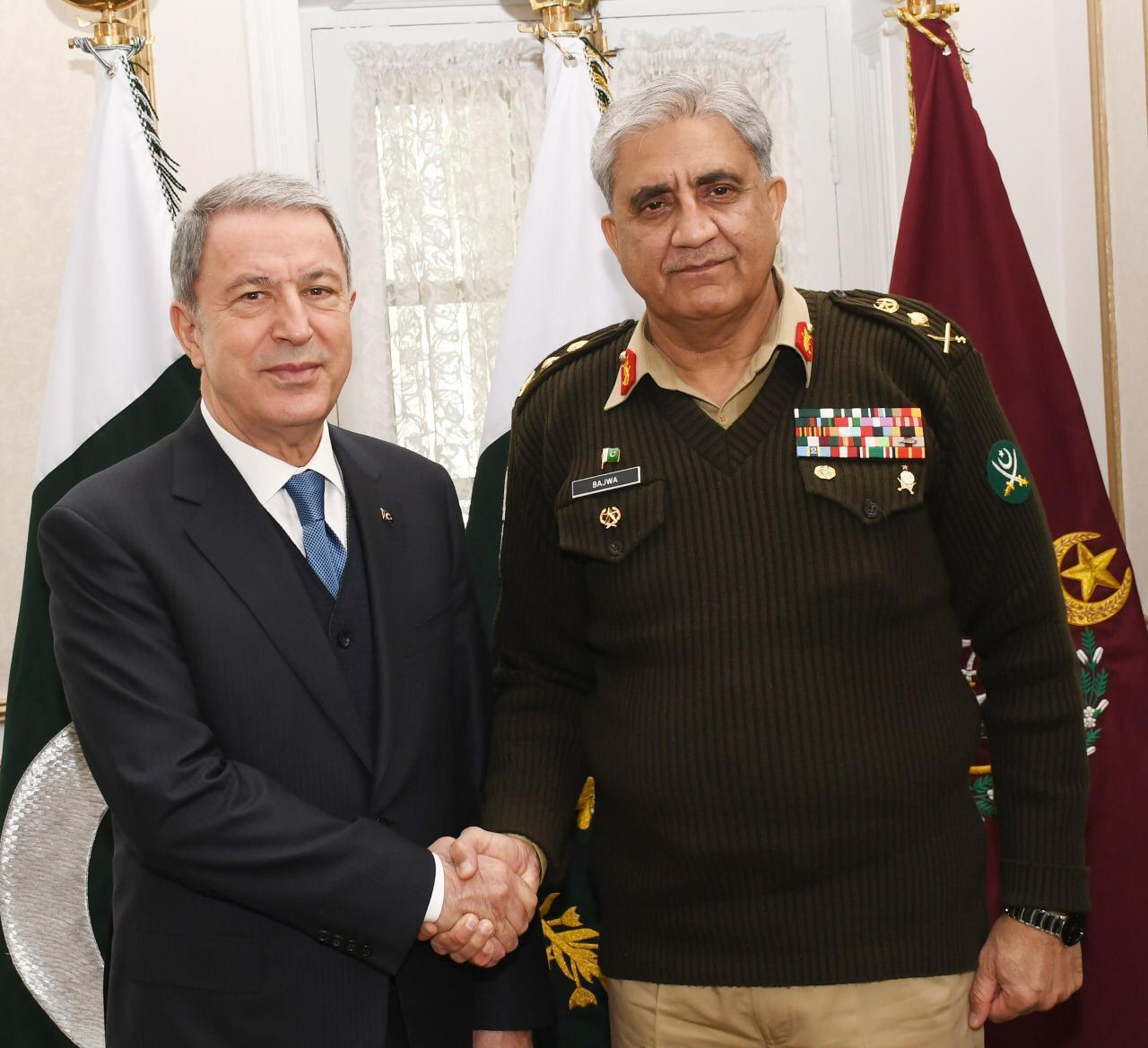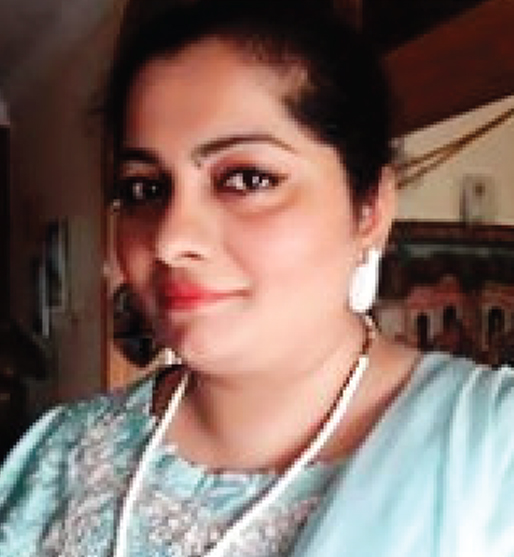In conversation with Reverend Dr. Neung Hur a Buddhist Monk on Religious Pilgrimage to Pakistan
Many people don’t know that Pakistan as a land of Gandhara is like Mecca – the holy place of Islam – for the Buddhist community. Swat is also the birthplace of Padmasambhava who is universally celebrated as the Second Buddha, reincarnated in the 8th century AD. There are several leading ancient philosophers from Peshawar, Swat and Taxila, who have played an important role in the spread of Buddhism to Korea, Japan, and China.
Reverend Dr. Neung Hur is a Buddhist monk from Korea, who spent three months in Pakistan as an Artist in Residence at the Gandhara Research and Resource Center, a project of Center for Culture and Development. During his stay, he toured the Buddhist heritage sites all over Pakistan, and led a Buddhist Peace Prayer Ceremony for Kashmir at Bhamala Stupa, Khanpur (KP). He also produced a large number of paintings and drawings on Islamic calligraphy exhibited under the title The Buddhist Monk and Islamic Scriptures: A Work of Art. Inspired from local and Islamic cultural and aesthetic traditions, the reverend monk fused his paintings with Buddhist inspired color symbolism as a token of his love for Gandhara, Pakistan’s symbol for interfaith harmony.




The artworks draw attention to the universal human energy that unites us, and lifts the veil from the facade of cultural diversity that divides us. The self-realization of the unity of human nature paves the way for inter-religious understanding and world peace. The artist painted while pondering over the message of the Prophet of Islam, Muhammad (PBUH), received from God and what reverend Gautama Buddha had said over a millennium earlier.
His artwork draws on the literal meanings of the calligraphic texts as well as on the interplay of color symbolism. Living creatures cannot exist without light. Those who aspire to follow God’s attributes must shine and help others shine with divine light. In his spiritual vocabulary inspired by Buddhism, black color represents the dark human self which is blind to the light of God, and lives through hate, arrogance, jealousy and selfishness. Keeping the word of God in mind brightens our lives as well as the lives of others. The green color represents a vibration of life. The patterns of water flowing dynamically represent a vibrant healthy life which is full of energy. Yellow color is invoked to refer to the bounties of nature granted by God such as delicious and nutritious fruits and vegetables, which can make a healthy life and create a healthy society.
As-salāmu ‘alaykum – peace be with you – the salutation greetings of Muslims feels very warm to me. People in Pakistan are very hospitable. Pakistani dress is very good as it covers the whole body and very comfortable as well. That’s why I prefer wearing Pakistani shalwar kameez all the time.
In the poetic words of the artist during an exclusive interview for Hilal English Magazine: “Water is the mother of life. Water and light are the attributes of life. The word of God is light and light is the source of life. This concept is the subject and message of my painting. Do water and light differ from one religion to the other? The universe is one. Don’t we all live together in the same universe? Isn’t it irrational to fight each other just because we belong to different religions? The birth of a life is like a blossoming flower. We are all beautiful flowers. Would you like to step on a beautiful flower or look at it to admire the beauty of God’s creation?”
What is the religious significance of Buddha’s sculptures found so abundantly in the land of Gandhara in Pakistan?
After Buddha’s death, he advised his followers not to make his statues. Buddhists were asked to follow Buddha and his teachings. To remember his teachings, his followers tried to make statues with sand but they perished quickly. Then they tried making them in clay, which were again very fragile. In Gandhara, the sculptures were made in stone for the first time in the history of Buddhism. However, the statues of Buddha are not for idol worship but they have been created in the spirit of remembrance. It is just like you keep the photographs of your grandparents to keep their memory alive. They are the spiritual reminders of the human presence of Buddha who obliged us to follow his teachings and not to worship his image.
What are the main Buddhist sites in Pakistan that have inspired you the most?
Many people don’t know that Pakistan as a land of Gandhara is like Mecca – the holy place of Islam – for the Buddhist community. Swat is also the birthplace of Padmasambhava who is universally celebrated as the Second Buddha, reincarnated in the 8th century AD. There are several leading ancient philosophers from Peshawar, Swat and Taxila, who have played an important role in the spread of Buddhism to Korea, Japan, and China.
The holy land of Gandhara has so many stupas and monasteries that are not found elsewhere in the world. I want to revive them as living sites of peace and education in order to pave the way for the renaissance of Gandhara as Pakistan’s symbol of international peace and interfaith harmony.
One of the most significant sites of Gandhara is Bhamala Stupa and monastery complex. It must be remembered that when the ancient Buddhist monks chose a site to build a stupa, they looked for the best location with reservoirs of universal energy. The Bhamala Stupa is surrounded by mountains, which act like folding screens shielding the energy. The water of River Haro circles around the mound of the stupa so does the wind that blows around it, creating a powerful hub of spiritual energy. Moreover, the stupa is like a grave and contains body relics of Buddha in it. Human presence in the stupa generates a vortex of that person’s energy, which creates multiple effects on the environment.
What can be done to facilitate the religious pilgrimage of Gandhara for the international Buddhist community?
Some of the religious sites are in a state of perpetual disrepair and most of the stupas are in ruins, which sadly turns them into dead sites. If we can make replicas of old stupas near the existing archaeological sites, for instance, near Taxila, Takht-i-Bahi and Butkara, and new monasteries are constructed, then these religious heritage sites will become living sites. The replicas of the stupas of Gandhara will educate the public about the original form of the Buddhist architecture. The stupas and monasteries will attract Buddhist monks and followers from around the world. It will showcase the positive image of Pakistan as the land of Gandhara to the western world. It would be an ideal opportunity if hotels and other tourist facilities are built around the heritage sites.

A large majority of Buddhists around the world go to India but Pakistan has greater potential for religious tourism. Although Nepal is world famous as the birthplace of Buddha, they do not have many sites besides Lumbini, to interest the visiting religious tourists. Even India does not have as many stupas and monasteries as are found all over Pakistan, from Sindh to Kashmir.
What are the similarities between Islam and Buddhism?
Well, I don’t know Arabic and have not read Quran but I do know that Islam teaches peace, and so does Buddhism. I recited Bismillah before offering Buddhist Peace Prayer for Kashmir at Bhamala Stupa. The Muslims pray five times a day facing the holy Mecca and in Tibet, we bow on every step of the way while facing our holy sites. It means, both Muslims and Buddhists believe the total submission to the absolute truth – the God almighty.
The sound of Azaan – the Muslim call for prayer – really touches me every time I hear it. It is a rhythmical reminder of the preaching of the Prophet Muhammad (PBUH) and its sound is a blessing for the earth. At prayer time, I saw people leaving their work to offer prayers, which means that people always think about God, the absolute truth, and show the will to do good deeds. Despite the traffic on motorway, people breaking their journey to pray was a fascinating observation for me.
What did you like the most in the Pakistani culture?
As-salāmu ‘alaykum – peace be with you – the salutation greetings of Muslims feels very warm to me. People in Pakistan are very hospitable. Pakistani dress is very good as it covers the whole body and very comfortable as well. That’s why I prefer wearing Pakistani shalwar kameez all the time. We have an old Korean saying that anybody who wears comfortable dress is a king. So, all Pakistani people are kings and queens. The Pakistani food is very healthy and a balanced diet if we reduce the amount of oil being used in it. Pakistani fruit is among the best in quality in the world such as oranges, banana and mango are full of nutrition. If we cultivate medicinal herbs and plants that will get full nutrition due to the quality of soil here, it may turn out to be the best medicine.
I have not enjoyed live performance of qawali, Pakistan’s spiritual music, but have otherwise listened to it many times. I feel qawali creates perfect harmony between human beings and the surroundings around it. It has the spiritual power to lift the veil of darkness and make you feel as if you are facing the sunlight.
What are your future plans for Gandhara?
I want to be a goodwill ambassador of Gandhara for promoting the image of Pakistan as the holiest land of Buddhism. The holy land of Gandhara has so many stupas and monasteries that are not found elsewhere in the world. I want to revive them as living sites of peace and education in order to pave the way for the renaissance of Gandhara as Pakistan’s symbol of international peace and interfaith harmony. I will offer my help and support in establishing monasteries with meditation and healing centers, which will help spread the knowledge of Gandhara in Pakistan as well as draw Buddhists around the world to Pakistan.
In the end, I would like to say “Pakistan-Korea Zinda Baad”.


The writer is a historian working with Center for Culture and Development, Islamabad also affiliated with National Committee of ICOM Pakistan.
